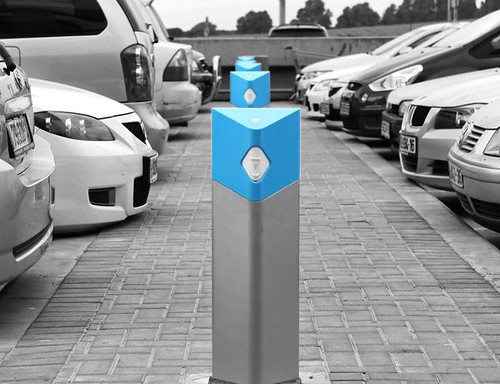(Source: U.S. Government Accountability Office)

The U.S. transportation sector relies almost exclusively on oil; as a result, it causes about a third of the nation’s greenhouse gas emissions. Advanced technology vehicles powered by alternative fuels, such as electricity and ethanol, are one way to reduce oil consumption. The federal government set a goal for federal agencies to use plug-in hybrid electric vehicles–vehicles that run on both gasoline and batteries charged by connecting a plug into an electric power source–as they become available at a reasonable cost. This goal is on top of other requirements agencies must meet for conserving energy.
In response to a request, GAO examined the:
(1) potential benefits of plug-ins,
(2) factors affecting the availability of plug-ins, and
(3) challenges to incorporating plug-ins into the federal fleet. GAO reviewed literature on plug-ins, federal legislation, and agency policies and interviewed federal officials, experts, and industry stakeholders, including auto and battery manufacturers.
Increasing the use of plug-ins could result in environmental and other benefits, but realizing these benefits depends on several factors. Because plug-ins are powered at least in part by electricity, they could significantly reduce oil consumption and associated greenhouse gas emissions. For plug-ins to realize their full potential, electricity would need to be generated from lower-emission fuels such as nuclear and renewable energy rather than the fossil fuels–coal and natural gas–used most often to generate electricity today. However, new nuclear plants and renewable energy sources can be controversial and expensive. In addition, research suggests that for plug-ins to be cost-effective relative to gasoline vehicles the price of batteries must come down significantly and gasoline prices must be high relative to electricity.
Auto manufacturers plan to introduce a range of plug-in models over the next 6 years, but several factors could delay widespread availability and affect the extent to which consumers are willing to purchase plug-ins. For example, limited battery manufacturing, relatively low gasoline prices, and declining vehicle sales could delay availability and discourage consumers. Other factors may emerge over the longer term if the use of plug-ins increases, including managing the impact on the electrical grid (the network linking the generation, transmission, and distribution of electricity) and increasing consumer access to public charging infrastructure needed to charge the vehicles.
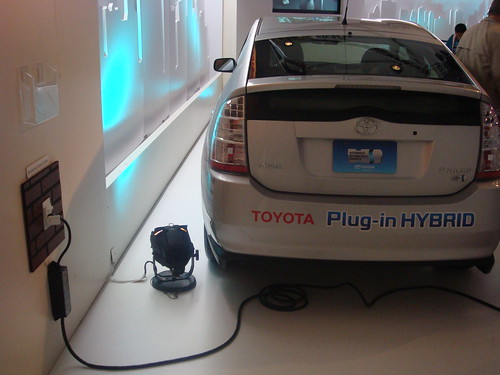
The federal government has supported plug-in-related research and initiated new programs to encourage manufacturing. Experts also identified options for providing additional federal support. To incorporate plug-ins into the federal fleet, agencies will face challenges related to cost, availability, planning, and federal requirements. Plug-ins are expected to have high upfront costs when they are first introduced. However, they could become comparable to gasoline vehicles over the life of ownership if certain factors change, such as a decrease in the cost of batteries and an increase in gasoline prices.
Agencies vary in the extent to which they use life-cycle costing when evaluating which vehicle to purchase. Agencies also may find that plug-ins are not available to them, especially when the vehicles are initially introduced because the number available to the government may be limited. In addition, agencies have not made plans to incorporate plug-ins due to uncertainties about vehicle cost, performance, and infrastructure needs.
Finally, agencies must meet a number of requirements covering energy use and vehicle acquisition–such as acquiring alternative fuel vehicles and reducing facility energy and petroleum consumption–but these sometimes conflict with one another. For example, plugging vehicles into federal facilities could reduce petroleum consumption but increase facility energy use. The federal government has not yet provided information to agencies on how to set priorities for these requirements or leverage different types of vehicles to do so. Without such information, agencies face challenges in making decisions about acquiring plug-ins that will meet the requirements, as well as maximize plug-ins’ potential benefits and minimize costs.
The recommendations are listed below:
- To enable agencies to more effectively meet congressional requirements, the Secretary of Energy should, in consultation with Environmental Protection Agency (EPA), General Services Administration (GSA), Office of Management and Budget (OMB), and organizations representing federal fleet customers such as Interagency Committee for Alternative Fuels and Low-Emission Vehicles (INTERFUEL), Federal Fleet Policy Council (FEDFLEET), and the Motor Vehicle Executive Council, propose legislative changes that would resolve the conflicts and set priorities for the multiple requirements and goals with respect to reducing petroleum consumption, reducing emissions, managing costs, and acquiring advanced technology vehicles.
- The Secretary of Energy should begin to develop guidance for when agencies consider acquiring plug-in vehicles, as well as guidance specifying the elements that agencies should include in their plans for acquiring the mix of vehicles that will best enable them to meet their requirements and goals. Such guidance might include assessing the need for installing charging infrastructure and identifying areas where improvements may be necessary, mapping current driving patterns, and determining the energy sources used to generate electricity in an area.
- The Secretary of Energy should continue ongoing efforts to develop guidance for agencies on how electricity used to charge plug-ins should be measured and accounted for in meeting energy-reduction goals related to federal facilities and alternative fuel consumption. In doing so, the Secretary should determine whether changes to existing legislation will be needed to ensure there is no conflict between using electricity to charge vehicles and requirements to reduce the energy intensity of federal facilities, and advise Congress accordingly.
- The Administrator of GSA should consider providing information to agencies regarding total cost of ownership or life-cycle cost for vehicles in the same class. For plug-in vehicles that are newly offered, the Administrator should provide guidance for how agencies should address uncertainties about the vehicles’ future performance in estimating the life-cycle costs of plug-ins, so agencies can make better-informed, consistent, and cost-effective decisions in acquiring vehicles.
- Once plug-in hybrids and all-electrics become available to the federal government but are still in the early phases of commercialization, the Administrator of GSA should explore the possibility of arranging pass-through leases of plug-in vehicles directly from vehicle manufacturers or dealers–as is being done with DOD’s acquisition of neighborhood electric vehicles–if doing so proves to be a cost-effective means of reducing some of the risk agencies face associated with acquiring new technology.
Click here to read or download the entire report.



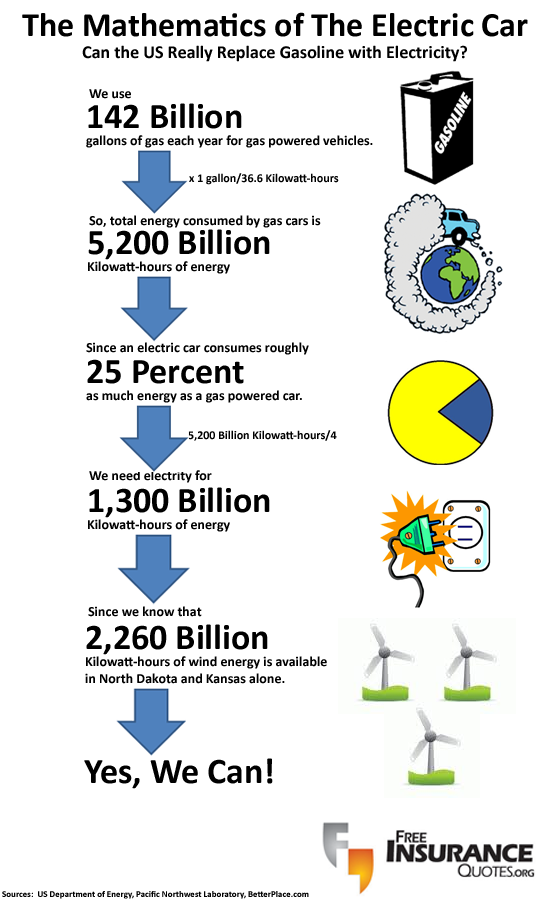

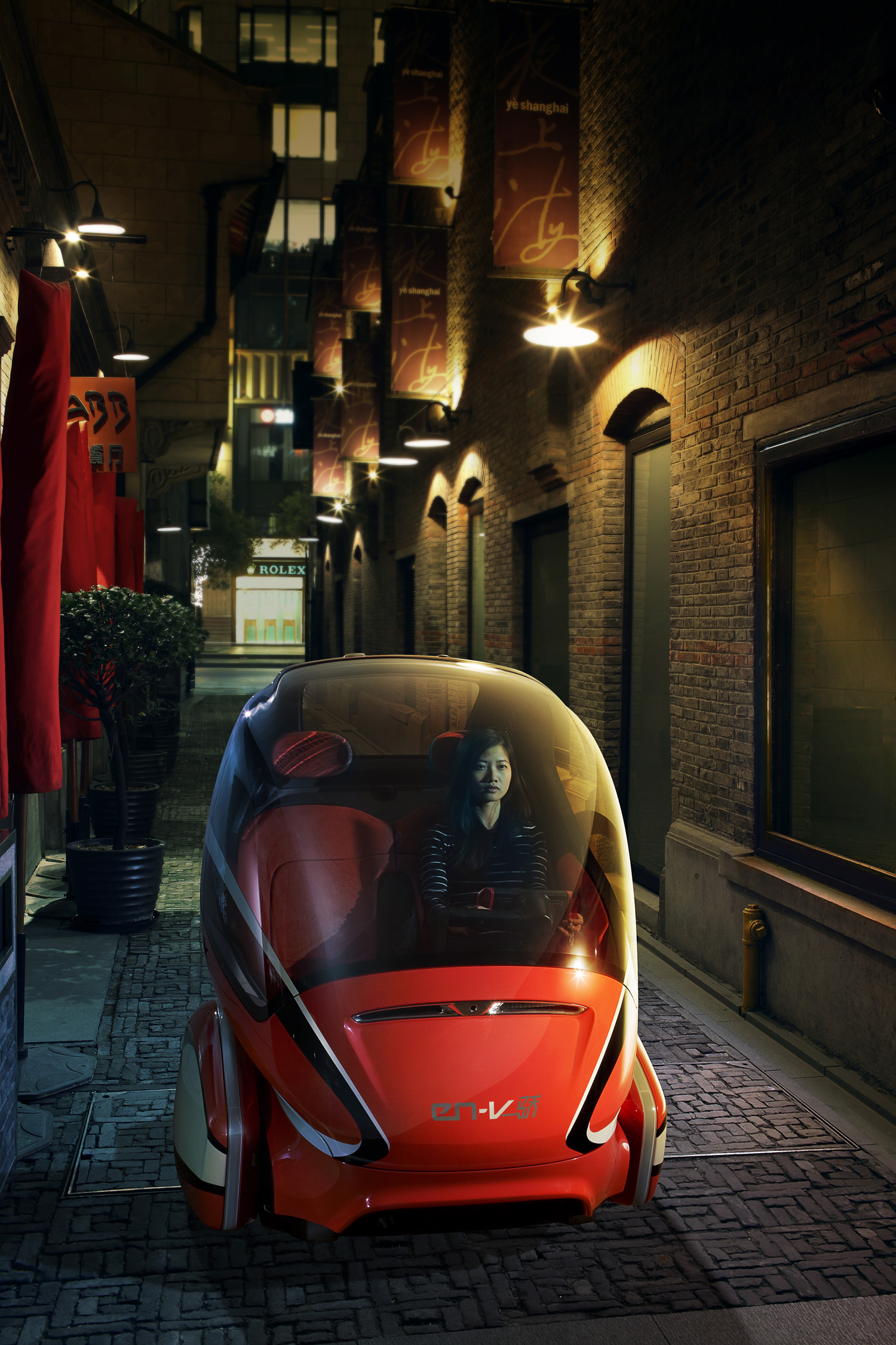

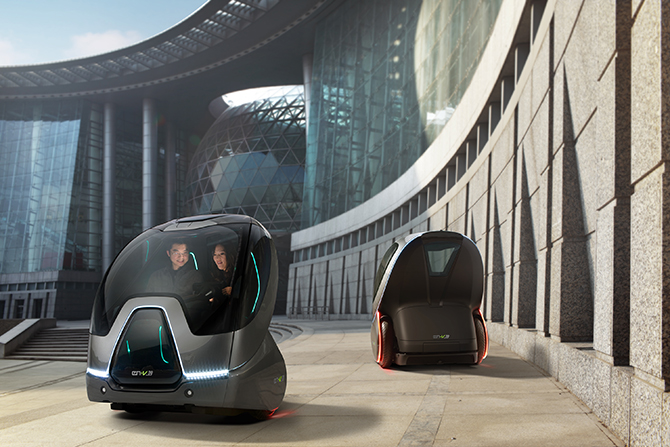

![Reblog this post [with Zemanta]](http://img.zemanta.com/reblog_e.png?x-id=b995a12a-5a9b-49ff-9e3e-34c5e676041d)
